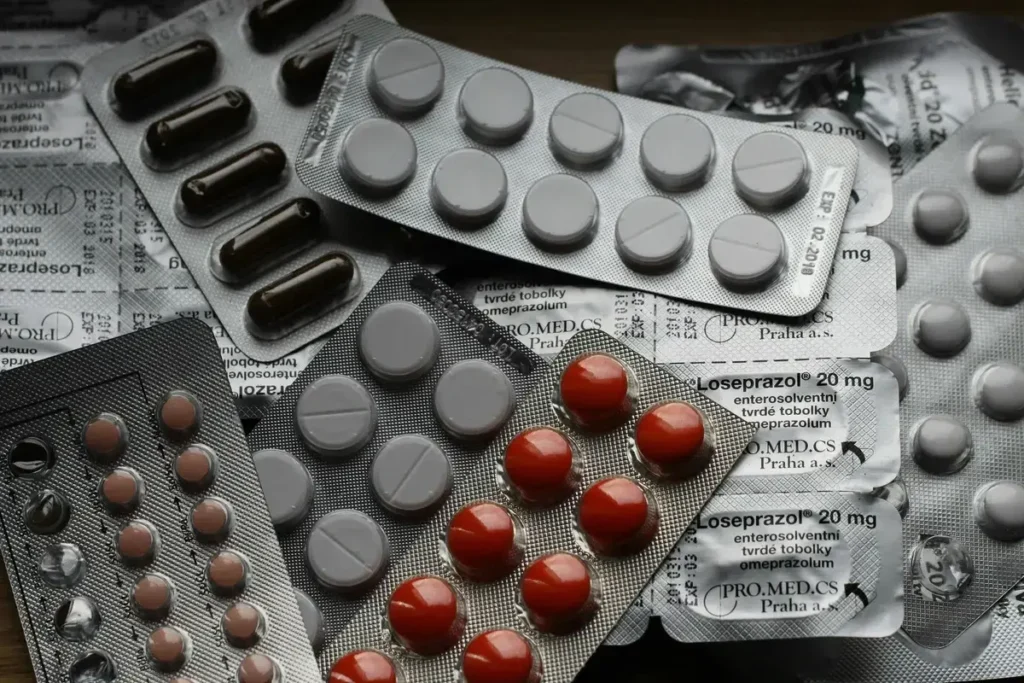As we all know very well that Iron is very important element and essential trace mineral or micro mineral (body required only small amount of it from diet). Iron has crucial role in many biochemical reactions, biological and physiological processes such as it is very important component of hemoglobin and myoglobin proteins (functions as a carrier for oxygen transport throughout body), as catalytic co-factor in different enzymatic reactions and has critical role in cellular energy metabolism.
HOW IRON FUNCTIONS IN OUR BODY?
As it is well established fact that Iron has tendency to oxidize or reduce during different metabolic reactions. (ability to convert from Fe+3 to Fe+2 by donating or accepting electron). It is basic mechanism through which iron play a critical role in the body.
HOW IRON DEFICIENCY SUPPOSED TO BE RISK FACTOR OF OSTEOPOROSIS?
To understand this fact very well, we have to first go through the role of iron in bone metabolism.
ROLE OF IRON IN BONE METABOLISM
Let’s check out how deficiency of iron increases the two-fold osteoporosis risk.
COLLAGEN SYNTHESIS
Type I collagen is major component of bone matrix and make the basic structure of bone. For hydroxylation of elongated three-dimensional helix pro collagen (consist of amino acid lysine and proline) active iron Fe+2, vitamin C and molecular oxygen is required. After hydroxylation pro collagen is now termed as collagen which further undergoes calcification and mineralization. Therefore, we can say that iron deficiency causes reduction in collagen synthesis and increases the degradation of collagen and ultimately weakening the bone structure.
BONE CELLS (OSTEOCLAST AND OSTEOBLAST) ACTIVIY
Iron has very important role in bone cells growth, multiplication and differentiation especially of osteoblast (which form new bones) and osteoclast cells (which resorption of old bone). Osteoclast required high amount of energy for its formation and function (bone resorption). In the similar way, osteoblast also requires high amount of energy for its differentiation. This high amount of energy requirement of both bone cells is fulfilled by mitochondria whose matrix has sufficient iron to carry the redox electron transport chain reactions for energy generation.
VITAMIN D METABOLISM AND MINERAL HOMEOSTASIS
Iron deficiency causes a reduction in vitamin D activation enzymes activity. As a result of it, there is less availability of active form of vitamin D which has a crucial role in absorption of calcium and phosphorous from intestine, in the release of calcium and phosphorous from the bones and reabsorption of phosphate from the kidney. Vitamin D also has a critical role in maintaining serum calcium level. Beside all these beneficial effects, iron also have some direct action on bone cells (osteoblast and osteoclast). Thus, disturbance in vitamin D metabolism also disturb bone homeostasis and may lead to osteoporosis.
HYPOXIA AND BONE METABOLISM
Hypoxia is a condition in which there is low level of oxygen to cells and tissues of body. As we know hemoglobin (contain iron) in the blood delivered oxygen to our body cells and tissues. During iron deficiency anemia, there is microcytic hypochromic red blood cells which is unable to deliver proper oxygen to the cells and tissues of body. As a result of this hypoxia, there is functional disorders of bone cells in which there is more osteoclast genesis (bone resorption) with the inhibition of osteoblast differentiation. With aforementioned discussion, it is clear that iron is has critical role in bone cells. So, we can say that iron deficiency with or without anemia may lead to osteoporosis or osteopenia.
Let’s check out the answer of million-dollar question how iron overload causes osteoporosis or osteopenia?
WHY IRON LOAD CAUSES OSTEOPOROSIS?
Iron overload causes the oxidative stress which results in free radicals’ formation and inflammation. As a result of it, there is damage to osteoblast cells which is responsible for collagen synthesis and new bone formation. There is also inhibition of osteoblast cells proliferation and differentiation processes and increase in osteoclastic activity (bone resorption). This imbalance between osteoclastic and osteoblastic activity due to iron overload disturb bone homeostasis and ultimately lead to osteopenia and osteoporosis.
CONCLUSION
In the light of all discussions, it is clear that iron concentration should be in physiological limit. Both deficiency of iron or overload of iron are the risk factor of osteoporosis or osteopenia.

